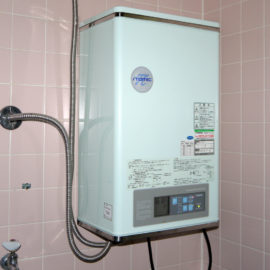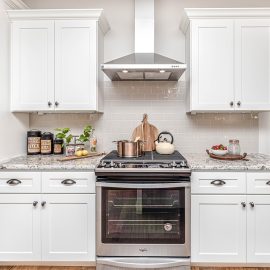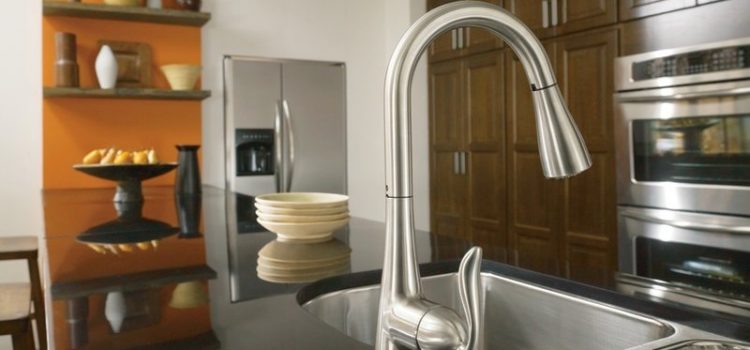
How to Choose a Washbasin Faucet
If the tapware is indispensable, it is usually not supplied with the washbasin or basin. Beware of designer faucets that may be inconvenient to use. Aesthetics should, of course, be taken into account, but don’t neglect quality and ergonomics.
Which Faucet Should You Choose for Your Washbasin or Basin?
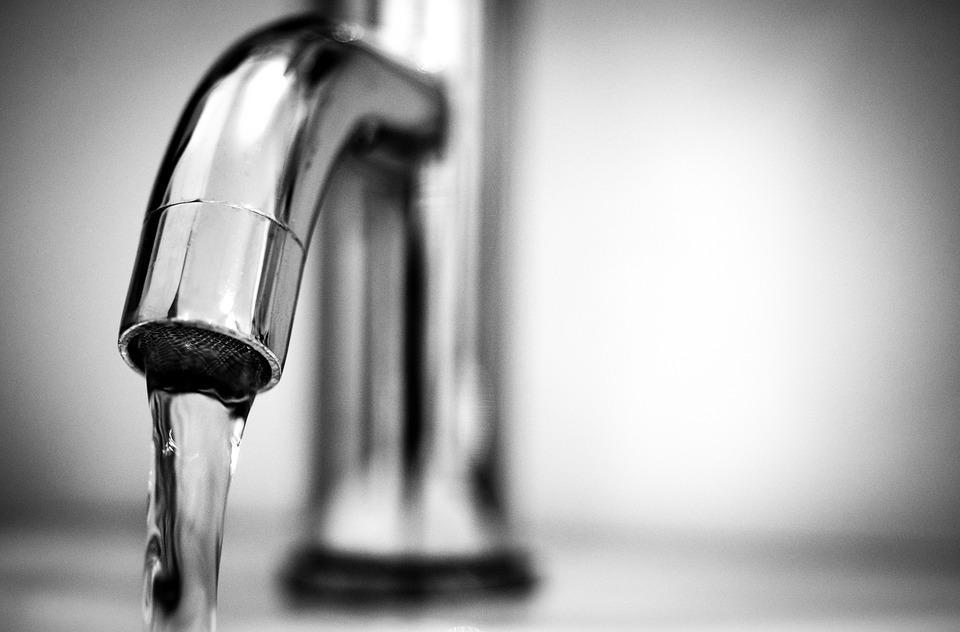
The faucet will be the same whether you choose a washbasin or a basin. The only difference is the installation. The tap for a washbasin will be fixed on the washbasin, while the tap for a basin will be set on the worktop. The washbasin or basin tap is available in different finishes. It can be chrome, matt, brushed or polished. It is easy to maintain and particularly resistant, but water drops can leave marks. The faucet is usually made of stainless steel, which is durable and scratch-resistant.
Which One to Choose From Mixer Tap, Single-Lever Mixer Tap or Thermostatic Single-Lever Mixer Tap?
The difference between mixer tap and single-lever mixer tap lies in the operating principle. Your choice will depend on your consumption habits and your budget.
The Mixer Tap
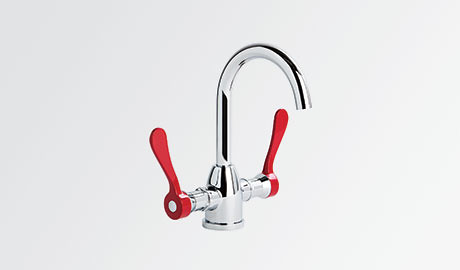
It is the simplest of all sink faucets. It consists of a spout and two levers, one controlling cold water and the other hot water. It is, therefore, necessary to find the right temperature manually by operating the two levers. Its classic design is inexpensive and can be combined with any washbasin or basin. Advice: Prefer models with a ceramic head that reduces wear and tear and the formation of scale. In addition to its ease of installation, the basin or washbasin mixer comes in various styles, although it is more easily found in traditional bathrooms. Its attractive price is also a significant advantage.
However, you should be aware that the use of a mixer tap is less water-efficient than that of a single-lever mixer tap. Indeed, the obligation of having to fumble with two levers to adjust the temperature means that you have to let it run for the time it takes to reach the desired temperature. Moreover, unlike a thermostatic mixer, the mixer does not allow the temperature to be blocked at 38°C. It is, therefore, less safe, especially for children.
The Single-Lever Mixer Tap
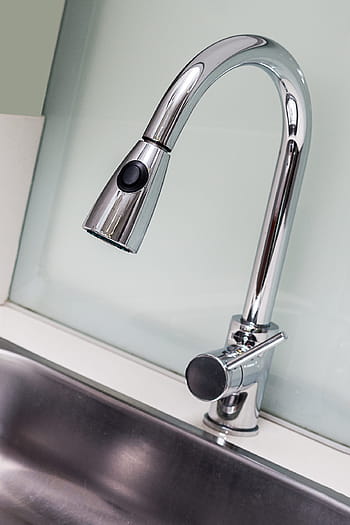
The single-lever mixer tap consists of a single lever-activated horizontally, allowing both the flow rate and the temperature to be adjusted. It is suitable for both free-standing and concealed washbasins and basins. There are two main types of mixer: the classic mixer and the high mixer. Depending on the design, prices rise quickly. Some top-of-the-range models can easily cost up to $500.
The Classic Washbasin Single-Lever Mixer Tap
The classic single-lever mixer tap is the only washbasin faucet with a unique horizontally-activated control that allows you to adjust the water flow rate and temperature. It is convenient, as it can be operated with just one hand. It is, therefore, easy for children to handle.
However, the temperature setting is imprecise. There is also a risk of burns if the lever is left in the hot water position or if a false movement changes the temperature.
The Thermostatic Single-Lever Mixer Tap
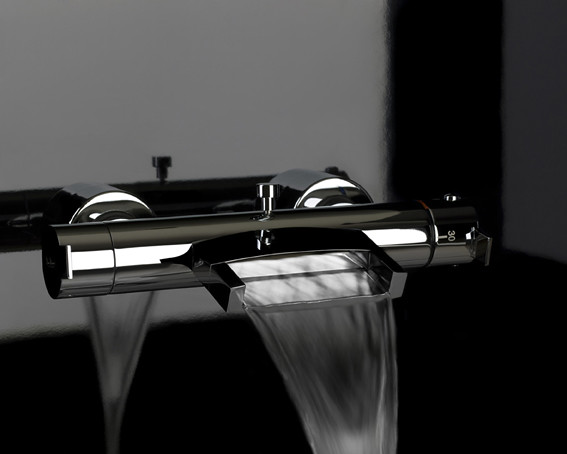
The thermostatic single-lever tap basin mixer has two handles: one is used to regulate the water flow, the other to adjust the temperature.
The water temperature is set to the nearest degree with the thermostatic mixer and remains constant even when the pressure drops. Limited to 38° C, only the (straightforward) unblocking mechanism makes it possible to exceed this set temperature. Therefore, the thermostatic mixer is the safest sink or basin faucet, especially if you have children. It is also water-saving since there is no need to fumble with the water until the correct temperature is reached.
Its primary disadvantage is its price, which is higher than a conventional mixer tap or a single-handle mixer. The mixer tap is also sensitive to limescale, so it is best to check the hardness of your water before buying it.
The Height and Shape of the Tap
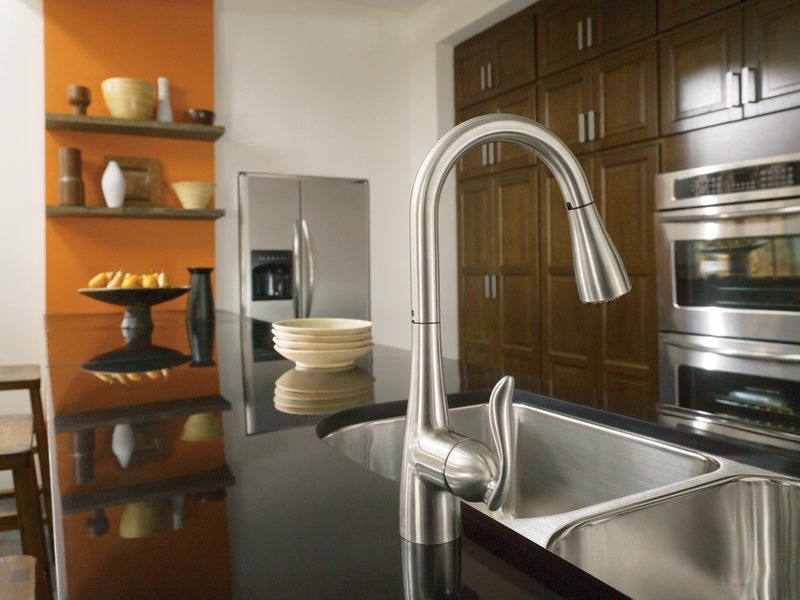
When making your choice, pay attention to the height of your tap and the shape of the spout.
For example, a bowl-shaped basin will require a high spout. Conversely, for a recessed washbasin with a tap directly attached to the sanitaryware, the spout height should be lower to reduce the risk of splashing.
The shape of the tap spout can be classic, retro or contemporary with pure or original lines. The cascade spout takes on a flattened shape to diffuse the water in a cascade. If the effect is mainly aesthetic, you should take the size of the spout into account at the time of purchase.
What are other fittings available for the washbasin or basin? The washbasin is connected to a drain and then to a siphon, which is connected to a drain pipe. Most of the time, these are parts that you must purchase in addition to the washbasin or basin.
Additional Things:
The Drain
The bung is attached to the drain hole of the washbasin or basin. It closes and opens with a flap to allow the wastewater to drain off. You will have to choose between a rotary or pull flap valve.
The Siphon
The siphon prevents terrible smells from rising. It is available in PVC or chromed metal. But if the trap must remain visible, you will have to pay attention to its material and design. You can also choose between classic, S-shaped or base traps, depending on the size of the drain.
Now, suppose you are unsure about choosing the tap fittings for your washbasin or looking for a plumber to handle any of your plumbing needs – from choosing the right accessories to their installation. In that case, Schmidt Plumbing is the expert to call for plumbing services in Melbourne South Eastern Suburbs.

